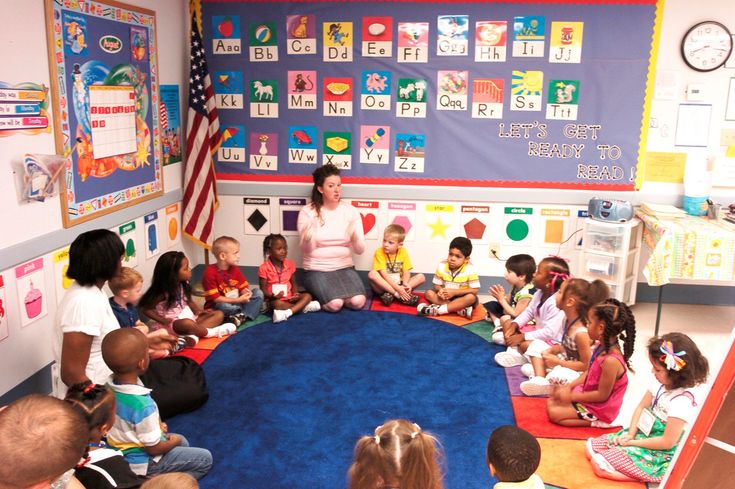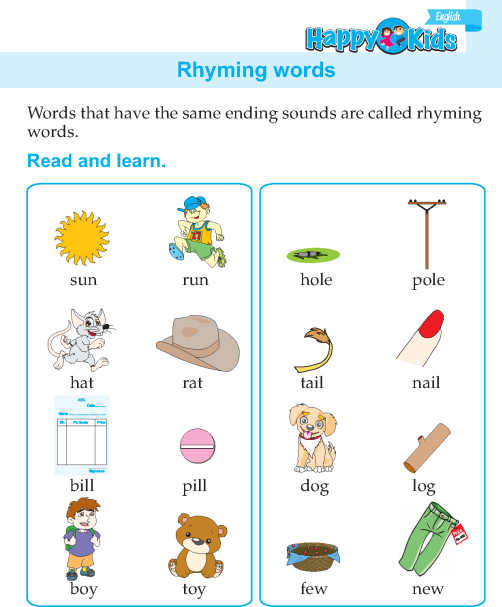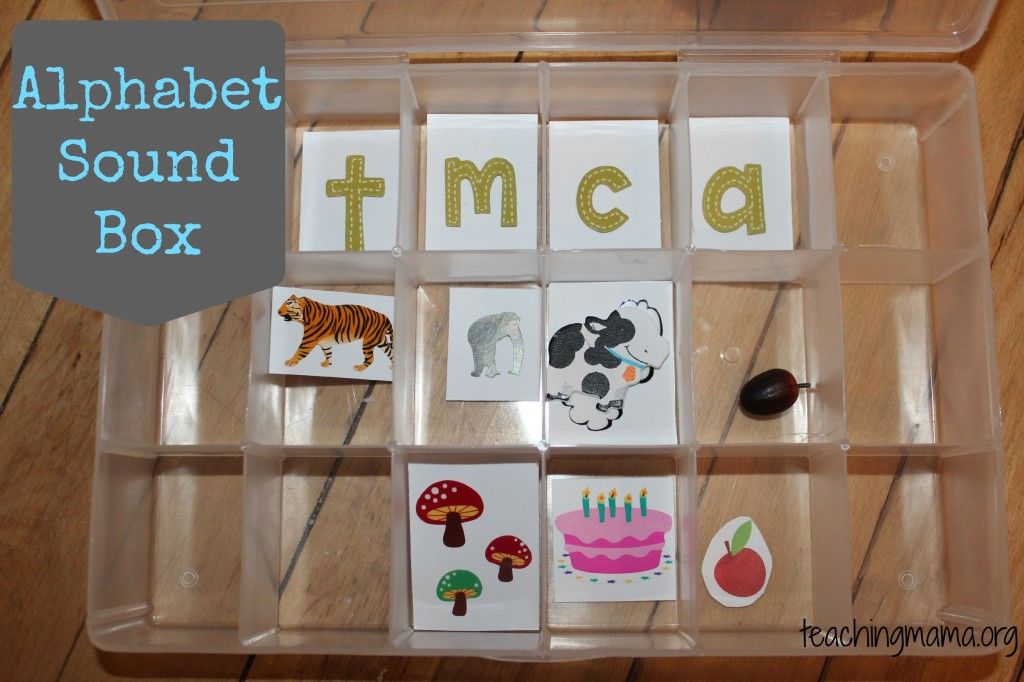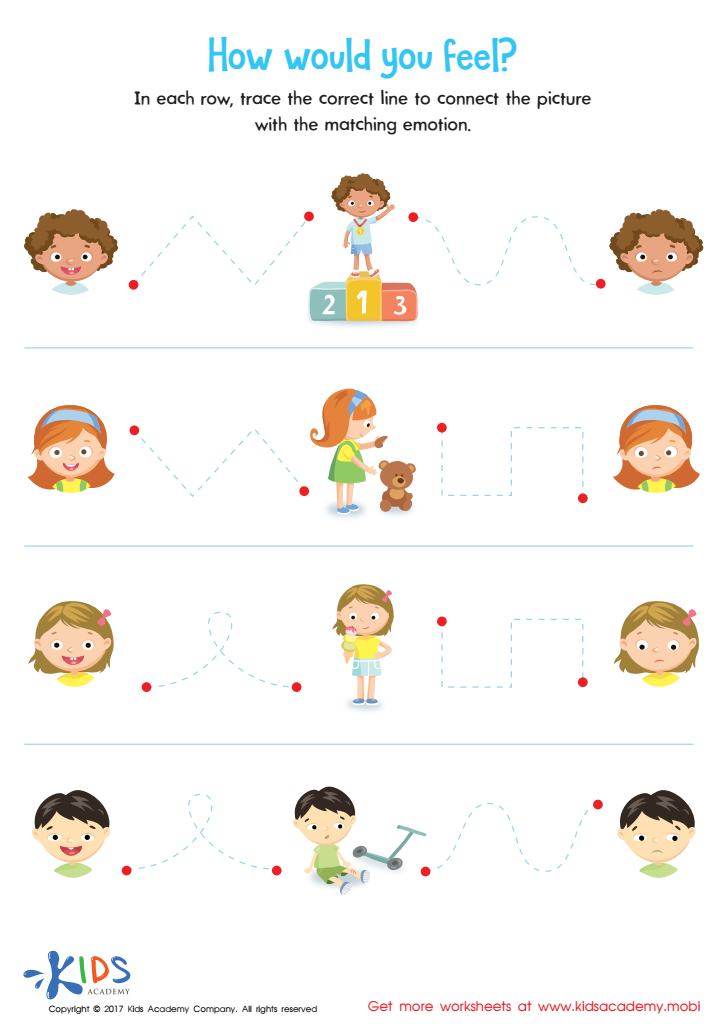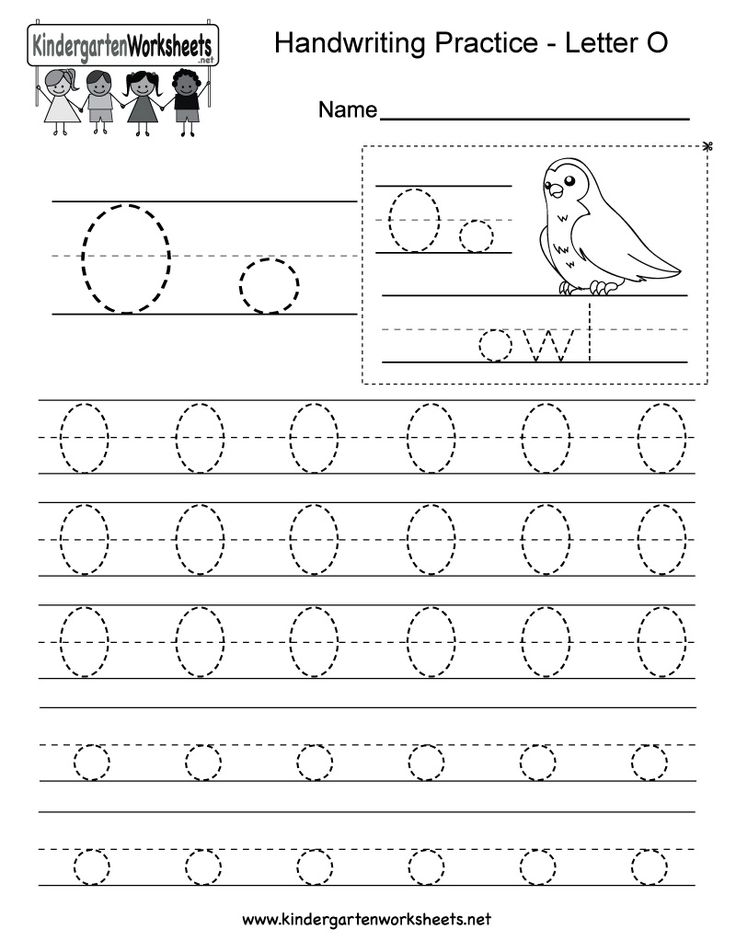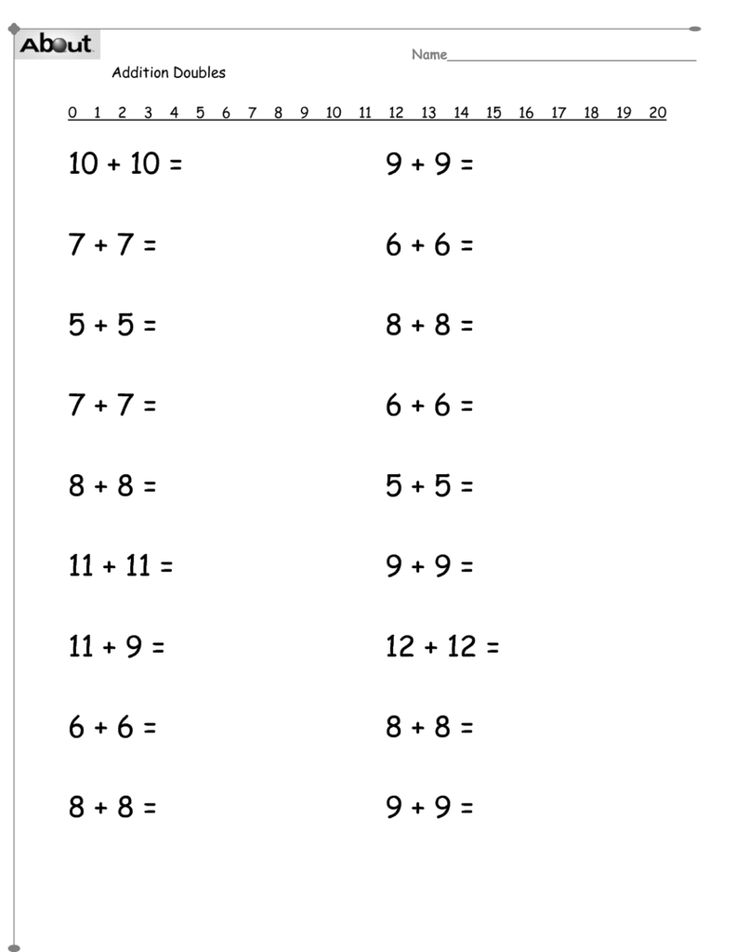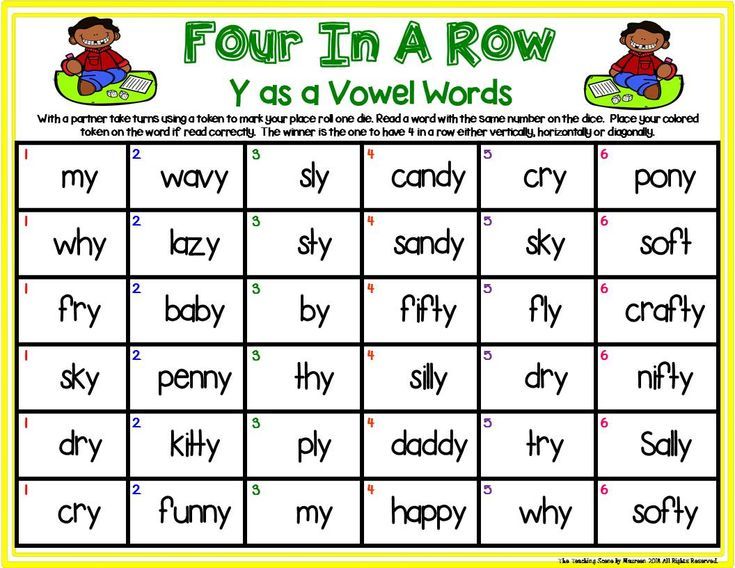Teaching a preschooler
Your Preschooler Ages 3-5 - First Things First
Children ages 3 to 5 are learning many new skills. They play games, run and climb and start to learn letters and numbers. But they can have a hard time seeing things from someone else’s point of view. Although your child may seem more grown-up now, she still needs your help and guidance.
Encourage Creativity
- Make a place for your child to play with chalk, crayons, markers, paints and paper. Choose a place where she can make a mess.
- Tape newspaper or drawing paper to a washable floor.
- Give her washable markers, chalk or big, nontoxic crayons.
- Ask your child to tell you what she is making, and praise her efforts.
- For more craft ideas, visit Enchanted Learning.
Learning Social Skills
During play, children explore new feelings, ideas and skills. They create make-believe stories and games. They are learning how to play with each other, how to relate to adults and how to handle their anger and fears.
Your Child’s Fears
It is normal for young children to be fearful at times. They may be afraid of strangers or of being away from you. They may be afraid of dogs, loud noises or the dark. They are more likely to be fearful when there is change or stress in their lives. Their fears may cause nightmares. Let your child know that everyone is afraid at times and that you will keep her safe.
Checking on Your Child’s Development
Doctors check on the development of all children at well-child visits. They ask questions and use screening tools to measure how your child plays, learns, talks, acts, and moves. If you are worried that your child is not developing like others his age, tell his doctor. More thorough tests can be done.
THINGS YOU CAN DO
Help Your Child Be Ready for School
- Encourage your child’s curiosity. Answer his questions with simple explanations.
- Support his interest in pretend play. Join in when he asks you to.
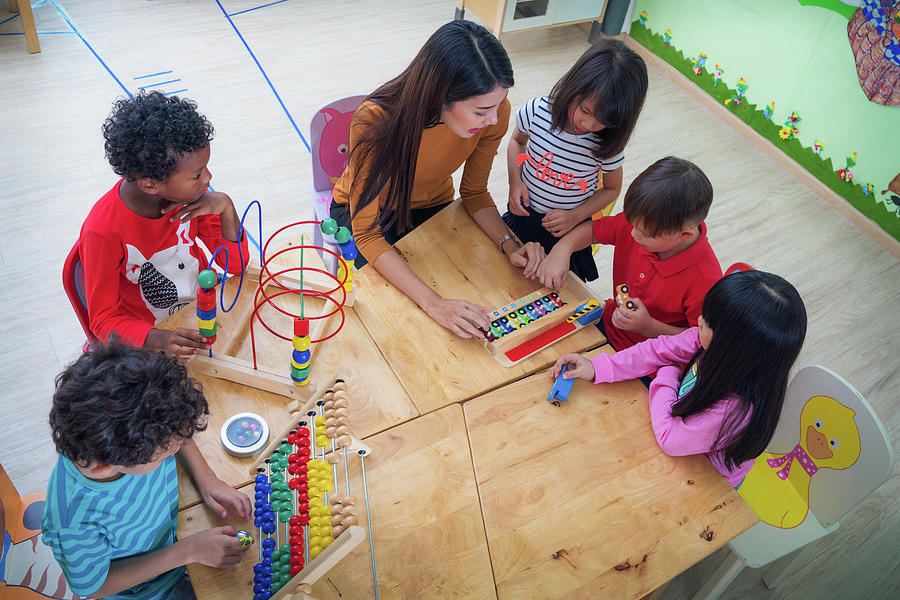
- Make sure your child has time to play with other children.
- Point out letters in signs, and go through the alphabet together.
- Use blocks, big puzzles and other toys to teach letters and numbers.
- Sing alphabet and counting songs together.
- Use books to talk about difficult topics, like anger or sharing.
- Ask your child’s doctor about Reach Out and Read Arizona.
Let Your Child Learn by Doing
- Encourage hands-on learning rather than watching TV.
- Include your child in everyday tasks, such as cooking and cleaning.
- Take her to interesting places, such as museums and zoos.
- Help her learn responsibility. For example, she can help pick up her toys, set the table or sort the laundry.
The First Things First Parent Kit was developed in partnership with Health Research for Action/UC Berkeley. © 2018 The Regents of the University of California. Additional video, graphic and other content © 2018 First Things First.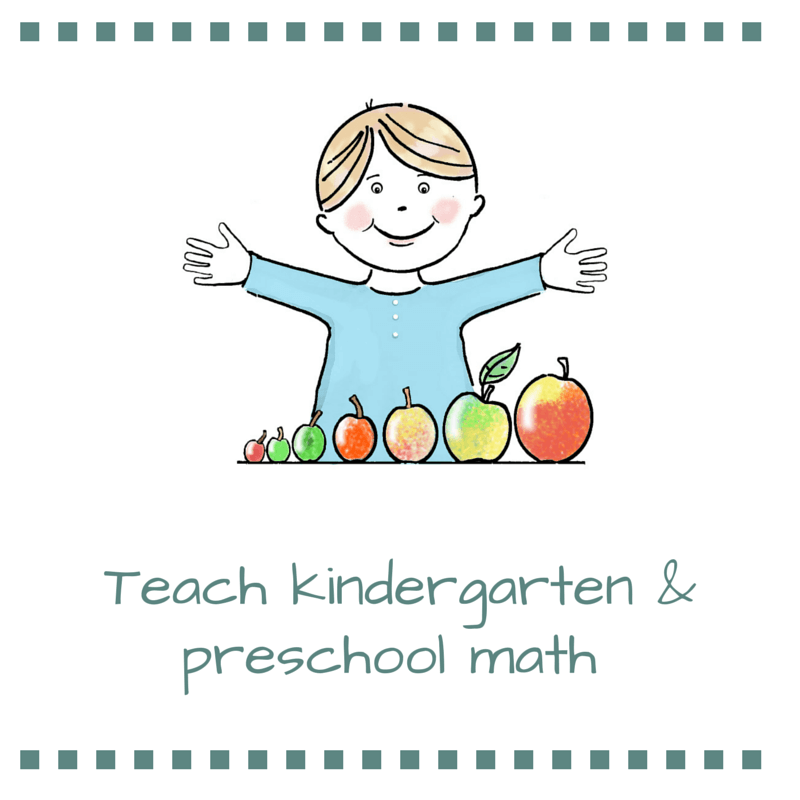 All rights reserved.
All rights reserved.
- social-emotional development
- early learning
50+ Tips for Pre-K Teachers
Teaching pre-kindergarten is an incredibly important task. After all, you’re helping your students build a foundation—academically, socially, and emotionally—that will set them up for success throughout their school years. Whether you’re welcoming your first batch of 4-year-olds or you’re a seasoned veteran, here are more than 50 ideas, tricks, and tips for pre-K teachers to help you make the experience the best it can be.
Getting Your Classroom Ready
1. Choose an appealing classroom theme.
Image source: Schoolgirl Style
We love this sunshine-themed classroom from blogger Melanie Ralbusky. Check out more sunshine classroom ideas here.
2. Consider laminating your books
Books in a pre-K classroom are loved … much loved. Here are tips for pre-K teachers to keep your books from falling apart (or at least slow the process down).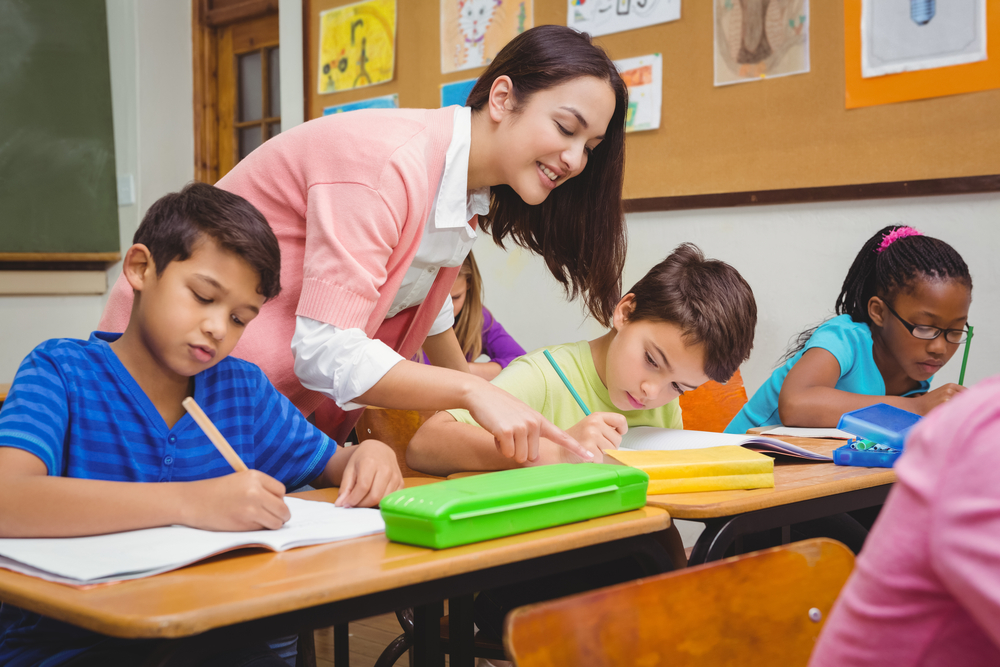
“Take out the staples of the books and then laminate them.” —Samantha L.
“Use the wide packing tape to cover and reinforce books.” —Cheryl M.
ADVERTISEMENT
3. Build collections of books on one topic
Even though they’re pre-readers, pre-K kids like to look at books on the same topic like this selection of books about dinosaurs. Organize your books by genre or topic to teach pre-K kids how to learn from book collections.
4. Set up sensory tables
Early childhood teachers know that hands-on learning is essential. Sensory play encourages open-ended thinking, language development, and collaboration, and it builds fine motor skills. Sensory materials are magically both engaging and calming. Here are our favorite sensory table ideas!
5. Gather reading buddies
Image source: Rowan Tree Preschool
Pre-kindergartners are learning how to read, and that includes “reading” to their favorite toys.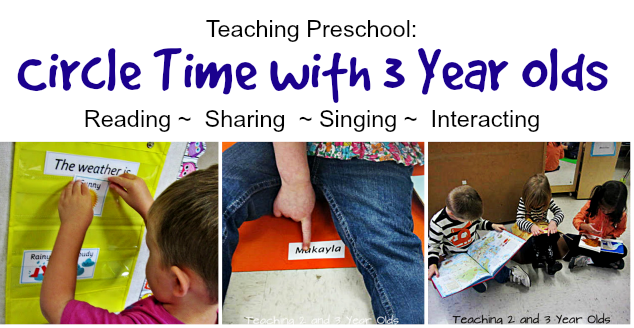 Encourage kids to read aloud and practice what they know about reading with a stash of reading buddies (stuffed animals, dolls, and other toys) in the book corner.
Encourage kids to read aloud and practice what they know about reading with a stash of reading buddies (stuffed animals, dolls, and other toys) in the book corner.
6. Cover your easel
Image source: PreKinders
Cover your easel with wrapping paper and clear vinyl to create a surface that is easy to clean and fits into your classroom better than a bare wood frame.
7. Stock up on board games
Whether they incorporate cards, dice, boards, spinners—or even an adorable cardboard monster and an oversized spoon—games have a host of benefits for young children. Check out our favorite games for the pre-K set.
8. Stock up on educational toys
When choosing toys and games for preschoolers, less is definitely more. Simple, durable, and open-ended materials that invite kiddos to imagine, explore, create, and stretch their developing language and reasoning skills are the way to go. Check out our top toys and games for preschool.
The First Days of School
9.
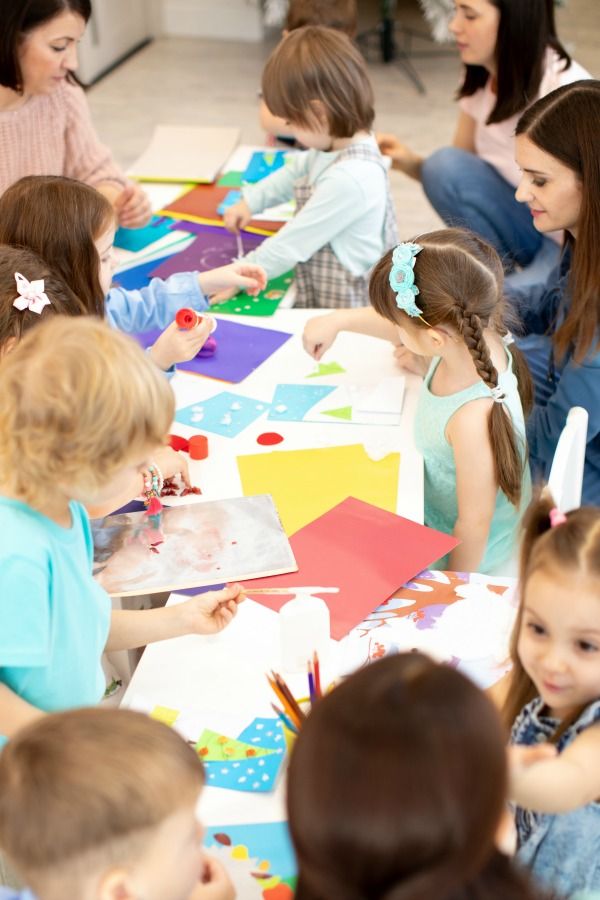 Let parents stay on the first day
Let parents stay on the first dayKids whose parents stayed a few minutes and offered them words of encouragement did better when their parents left. (Check out more tips for pre-K separation anxiety at Pre-K Pages.)
10. Stay crystal-clear with parent communication
This may be a parent’s first experience with school, so be clear with your expectations. Include information about the “schedule of the day, snacks, discipline, how to get in touch, and what to do if they get scared, have a tantrum, or are hurt” in your newsletter. —Kelly J.
Check out these parent communication mistakes, plus tips on how to fix them.
11. Use mascots
Give your classroom some additional energy with creative mascots at each center. “I teach pre-K and my classroom theme is superheroes. Each center has a ‘mascot’ and the Hulk and She-Hulk are the mascots for the dramatic play center because they change and are dramatic.” —Ariel E.
12. Make time for morning meetings
It’s a great way to reinforce calendar and core skills and build community.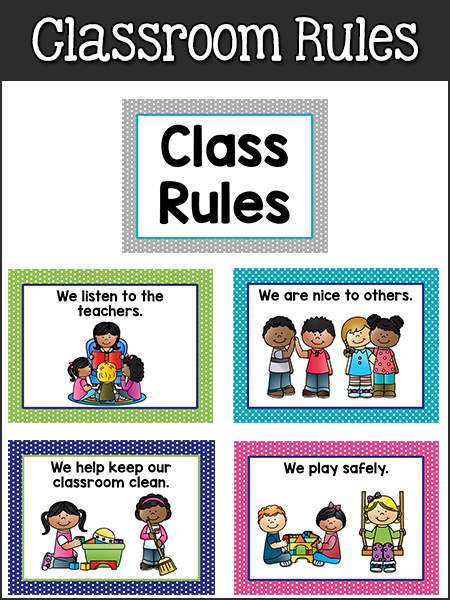 Watch how this pre-K teacher leads morning meetings in her classroom. Plus check out these welcome songs you can use to kick off your morning meetings.
Watch how this pre-K teacher leads morning meetings in her classroom. Plus check out these welcome songs you can use to kick off your morning meetings.
13. Teach pre-K students pencil grip
Reteaching fine motor skills is hard! Teach pre-K students proper pencil grip from the get-go, and future teachers will thank you. (Check out these tips for pre-K pencil grip from OT Mom.) Plus check out our favorite pencil grips.
14. Teach them how to use scissors
Image source: Sight and Sound Reading
Holding and using scissors are key ready-for-kindergarten skills that the kinder teachers in your building will thank you for later. Try teaching pre-K students the “friendly shark trick.“
15. Use clothespins
Image source: 1 Plus 1 Plus 1 Equals 1
Clothespins strengthen kids’ pincher grasp, which helps them hold pencils and scissors. They also strengthen academic skills, like this activity that has students placing a clothespin at the appropriate number on each card.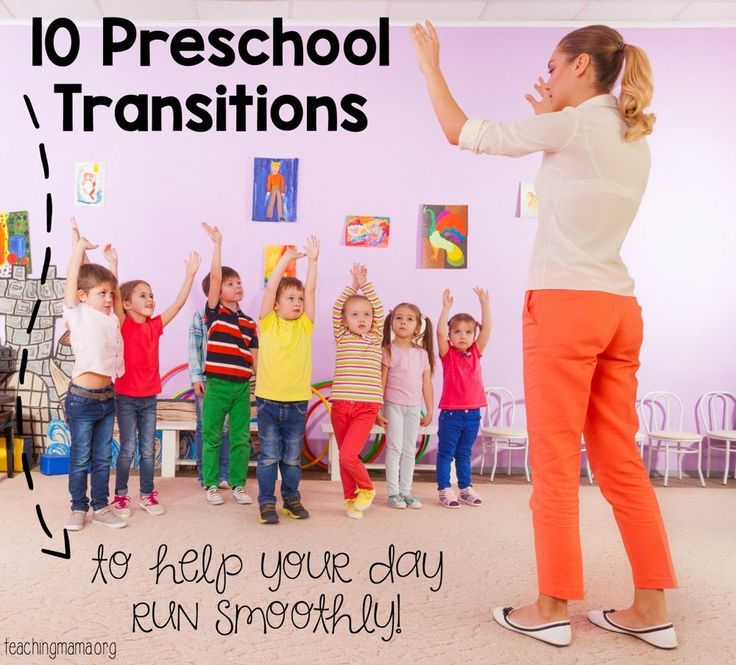
16. Use buttons
Try some of these button activities to help kids build fine motor skills, work on math, make cute crafts, and much more.
17. Have a clear, predictable schedule
Image source: Fun-a-Day
Your day, and year, will go smoothly if your pre-K students know what to expect. Check out this schedule from Fun-a-Day that includes “sign in” and lots of center time.
Organization Tips
18. Use a master copy binder
Image source: Orange Polka Dots
This is one of our favorite tips for pre-K teachers. Instead of filing the worksheets and papers you use every year (or copying and recopying them for kids who need extra practice), file them in a master copy binder. It takes up less space and keeps your most-used worksheets close at hand.
19. Make templates
For each activity you create, make a cardboard template (use an old cereal box for the cardboard), so you have a sturdy model for the next time around.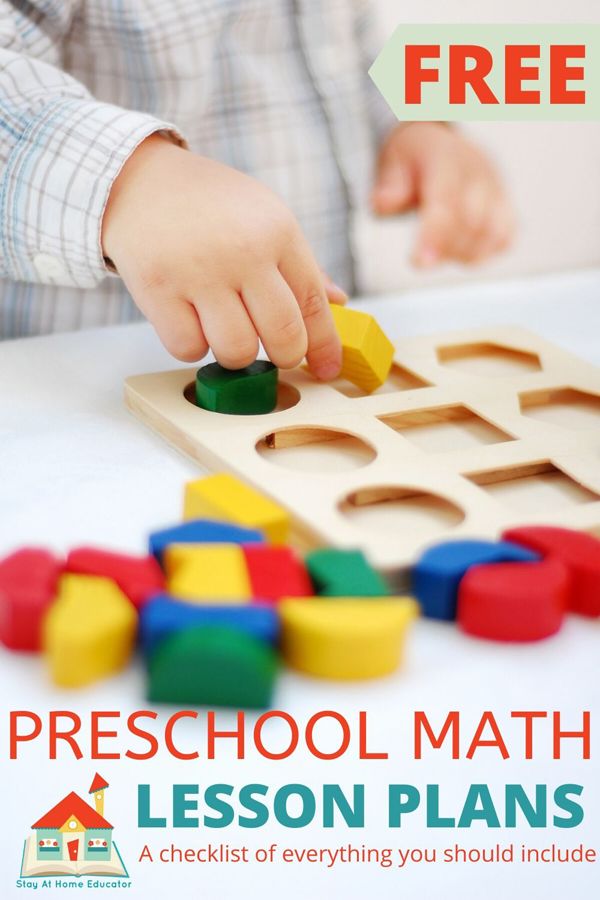
20. Label, label, label
Image source: The Elementary Helper
According to teacher Cinthya Quintana, labels in the pre-K classroom make life easier—clean up is quicker, students don’t need to ask where materials are located, and they help save lots of time in the course of the day. In addition, labels give visual clues that help with language development and encourage responsibility and independence. For more, read How-To Guide: Labeling in Early Childhood and the Primary Grades.
21. Color-code everything
Image source: Teaching Special Thinkers
For maximum organization in your classroom, try color coding. Special ed teacher Gabrielle recommends using colors to differentiate student schedules, data, station materials, and more. For more advice, visit Teaching Special Thinkers.
22. Organize the end of the year
How you organize your materials before heading out for summer vacation will influence your next school year. Store games and activities by month or theme so they’re easy to find and ready to go when you need them.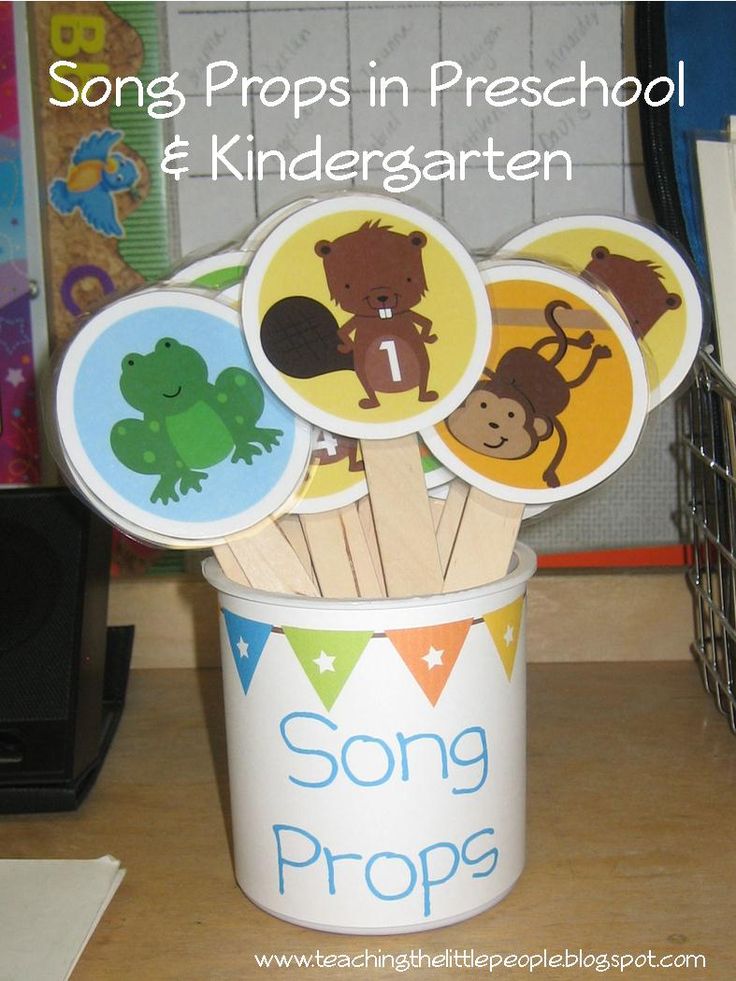 We’ve compiled some great packing-up tips here.
We’ve compiled some great packing-up tips here.
Classroom Management Tips
23. Start the day right
One of the best ways to manage your class is having a good entry procedure. Standing tall at the door, greeting each child, and having clear expectations for what kids do when they’re in your classroom (put their backpack and coat in their cubbies, choose a book, sit at their seat) is one way to start the morning.
24. Try Conscious Discipline
“I am a huge fan of Conscious Discipline by Dr. Becky Bailey. It helps teach children social and emotional skills they will use the rest of their life.” —Erin K.
25. Teach a story-time transition
Image source: Lessons by Sandy
“Hands go up, hands go down”—when teaching pre-K, help students stop and transition to story time (or substitute other rug activities for story time to use this chant throughout the day). Find the poster at Teachers Pay Teachers.
26. Make calendar time active
Pre-kindergartners need to move (a lot). So one of our biggest tips for pre-K is to let them wiggle! Incorporate movement into your daily routine, like calendar time. Michelle M. recommends having students jump for each day of the month they count or have gestures to show the weather (for example, rain movements if it’s raining).
So one of our biggest tips for pre-K is to let them wiggle! Incorporate movement into your daily routine, like calendar time. Michelle M. recommends having students jump for each day of the month they count or have gestures to show the weather (for example, rain movements if it’s raining).
27. Use the two-minute rule
Plan lessons that match your students’ attention spans. “Remember, you’ve got two minutes, then move. Pre-K students can’t be expected to sit and listen for long.” —Laura C.
28. Consider an emotion buddy
Use this trick for one student or your entire class: “Have a stuffed animal, Anger Bear, that can be a student’s best friend to talk to when she gets mad. They can cry to it, talk to it, and let it all out.” —Sarah F.
29. It’s one of those tips for pre-K we can’t say enough: MOVE!
Whether they’re spraying letters with a water bottle, doing letter hopscotch, or doing a letter relay, it’s important to integrate movement when teaching and practicing letters.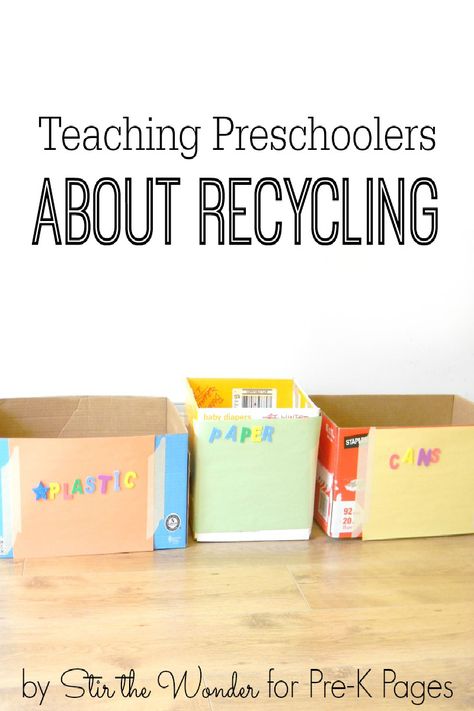 Here are more fun ways to get your students moving.
Here are more fun ways to get your students moving.
30. Teach conflict-resolution skills
Preschoolers are not too young to learn about solving conflicts peacefully. The experts at NAEYC suggest keeping your coaching age appropriate. Little ones will need a lot of guidance as they identify their feelings and think about ways to make things better.
Curriculum Tips and Tricks
31. Plan fine motor practice
Pre-kindergartners will need to hit the ground running in kindergarten, and that includes using scissors. Use these free grass and snake cutting sheets for practice. Plus check out these pre-writing activities to help students build fine motor skills.
32. It’s never too early for writing
Image source: Tickled Pink in Primary
Pre-K students aren’t too young to start writing. We love this “Best Part of Me” idea that has students write basic sentences.
33. Start journals
Start your pre-K students on a journaling routine with blank books that you make by stapling white paper together.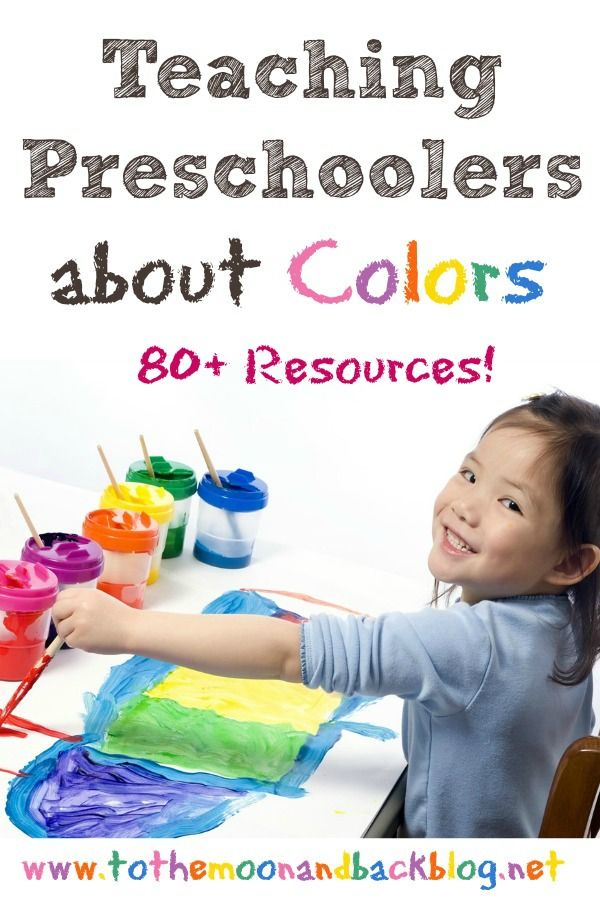 Set time each day for students to write and draw in their journals.
Set time each day for students to write and draw in their journals.
34. Use hands-on alphabet activities
Go on a scavenger hunt, play with shaving cream, and much more. These alphabet activities are perfect for your class.
35. Sneak in the learning with games
“I like playing ‘I have, who has’ games. I take their picture on the first day of school and create an ‘I have who has’ game with their photos. It’s a great way for them to learn names, plus I use their picture for everything.” —Lisa G.
Also, check out our favorite preschool math games.
36. Organize your instruction around themes
When you structure your lessons thematically, you provide your kids with more “hooks” for learning. Check out this blog by Fun-a-Day for some great ideas.
37. Begin teaching shapes
Learning shapes is one of the earliest concepts we teach kids. Shapes ready them for geometry in the years ahead, but it’s also an important skill for learning how to write and draw.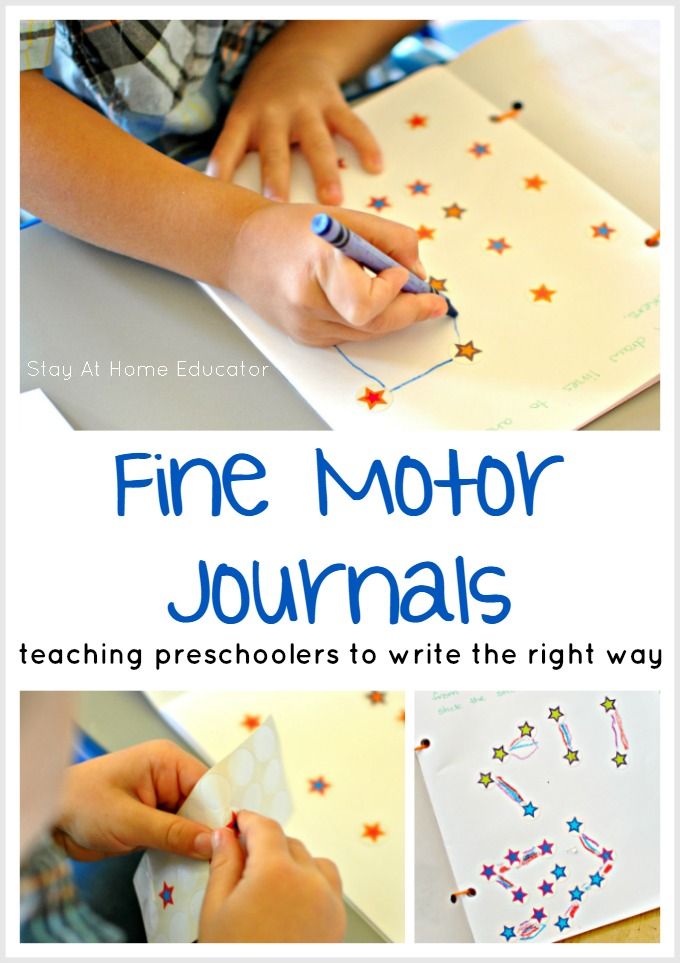 Get started with these activities.
Get started with these activities.
38. Count the days of school and celebrate when you reach 100!
There are so many different fun ways to celebrate the 100th day of school. We’ve got a whole collection of activities for you!
39. Use music for
everything“Music is needed and is a good way to transition. Find a welcome song and an afternoon song (can be the same tune with different words) to start and close your day. It makes a world of difference.” —Anne H.
40. Don’t shy away from science
Image source: Gift of Curiosity
Students start learning science basics from the first day of school. Check out this geography lesson for one way to teach pre-K kids about land, water, and air. Plus check out this list of fun and simple preschool science experiments.
41. Use Mr. Potato Head to teach the five senses
Source: Fun With Firsties
It’s funny and memorable—Mr. Potato Head is a great way to emphasize the five senses.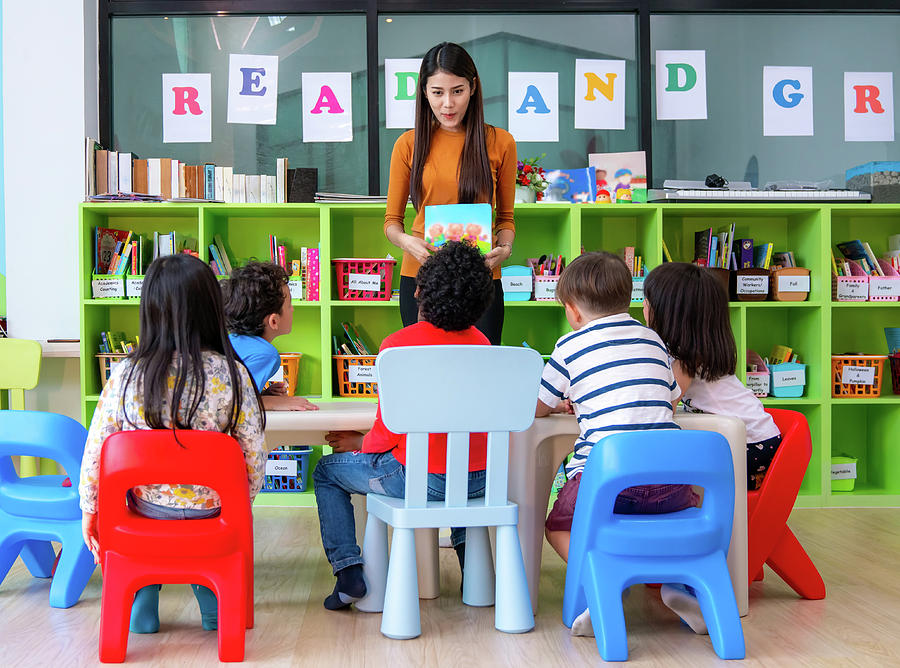 Check out these other activities to teach the senses too.
Check out these other activities to teach the senses too.
42. Sing letter sounds
Switch out the first letter of silly songs, like “The Wheels on the Bus,” to reinforce letter sounds and help students hear how words change when you change the first letter.
43. Watch alphabet videos
These alphabet videos help teach and reinforce the letters and their sounds in fun and engaging ways. Kids will beg to watch them again and again!
44. Play pretend
Image source: Empowered Parents
The importance of play can’t be understated for pre-K children. Pretend play develops language, creativity, and social skills while helping kids figure out their world. Check out our teacher picks for dress-up and pretend play!
45. Use books to teach social skills
From apologizing to managing feelings to building friendships, social skills are an important part of teaching pre-K. Start social-skills lessons with books that kids can read again on their own later.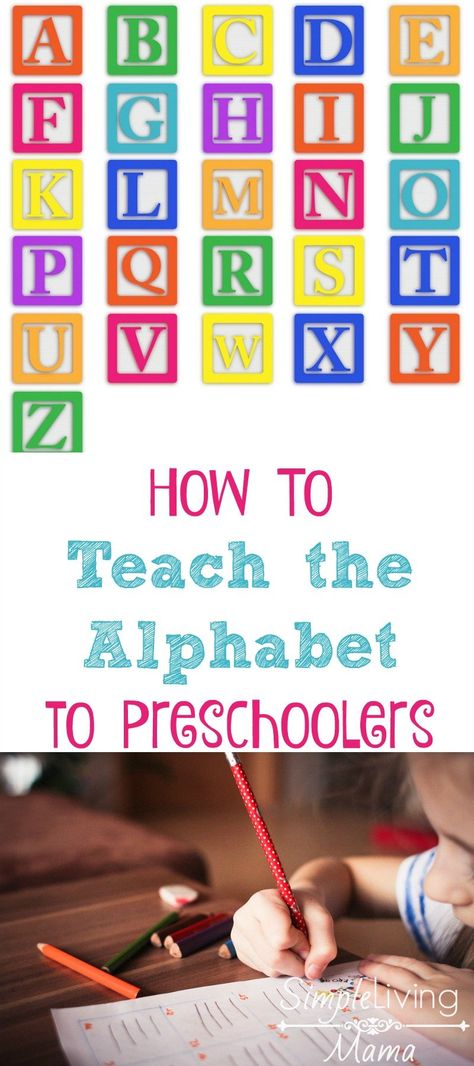 Check out our big list of SEL books for kids.
Check out our big list of SEL books for kids.
46. Teach name recognition
Image source: Teach Me
One big accomplishment for pre-kinders is recognizing their names. Here are plenty of clever name activities, including Play-Doh and sensory bin ideas.
47. Build an abacus
Image source: The Imagination Tree
When your students are learning to count and add, turn a giant cardboard box into a life-size abacus for kids to work on.
48. Try different unit themes from A to Z
The best way to plan pre-kindergarten lessons may be by theme. From ABCs to ACTs has a list of themes that are alphabetized, including airplanes, carrots, and mittens.
49. Try rainbow retelling
Image source: Growing Book by Book
As kids learn how to retell stories, give them rainbow retelling bracelets. When students move the red bead, they name the characters, orange for the setting, yellow for the problem, and so on.
50. Create math tubs
Centers are a great way to differentiate math work.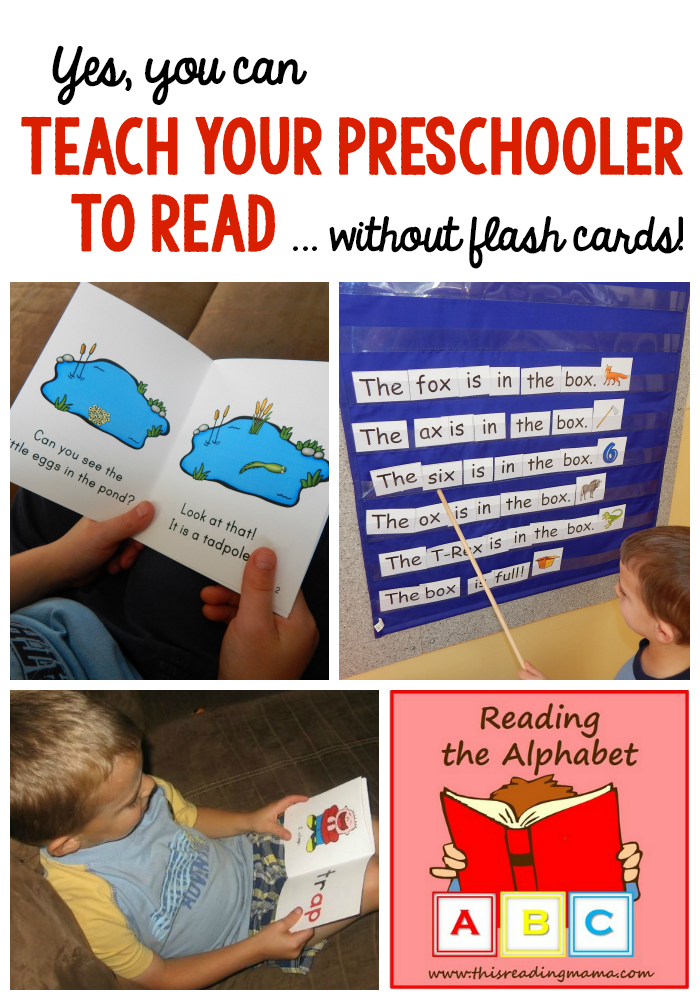 The teacher blogger at Hubbard’s Cupboard puts math materials—counters, cubes, links, and more—in tubs for students to use during math work.
The teacher blogger at Hubbard’s Cupboard puts math materials—counters, cubes, links, and more—in tubs for students to use during math work.
51. Map the classroom
Image source: The Primary Pack
Create a map of your classroom to start a unit on geography and teach basic map skills. Check out these other mapping activities.
Take Care of You
52. Connect with a community of educators outside of your own school
Teaching is hard! Join our WeAreTeachers HELPLINE Facebook group and connect with other teachers to talk about challenges and triumphs and ask questions.
53. Keep a “sub tub” on hand for those days when you just can’t make it into school
Image source: Supply Me
Fill it with all the lessons and activities your sub will need in case you have an unexpected absence.
54. Practice self-care strategies
Here’s why teachers need to put on their own oxygen masks first. Plus, check out some of these self-care tips for pre-K teachers.
55. Make time for fun!
One of the most important tips for pre-K is that fun is mandatory! Instead of just supervising, join in on the silliness now and then. A good belly laugh with your little ones is the best mood booster on the planet.
56. Celebrate your successes
When you compare beginning-of-the-year preschoolers with preschoolers at the end of the year, you realize just how much progress is made in one school year. Celebrate your successes along the way—you are making an impact!
57. Do … nothing.
When your kids are at lunch or recess or with specials teachers, it’s OK to stop and breathe for a few minutes. Find a quiet spot, close your eyes, and let your nervous system reset before you tackle the next part of your day.
What are your best tips for pre-K teachers and classrooms? Share in the comments to be included in an upcoming post!
Looking for more articles like this? Be sure to subscribe to our newsletters!
Education or play - what is more important in preschool childhood?
Childhood is the most important period of human life, when the highest possibilities of a child develop. This is not a preparation for a future life, but a bright, original, unique time of maximum involvement in various activities.
This is not a preparation for a future life, but a bright, original, unique time of maximum involvement in various activities.
Parents of preschool children, as a rule, are interested in the problem of the child's intellectual development, while, to a greater extent, the ability to read, count, write, speak a foreign language. Parents can consider constant employment to be the key to the successful development of the child, and they pay maximum attention to this, filling all the "children's time" with additional education.
But the abundance of circles, sections, enthusiasm for the study of sciences, "burden" with training - do not correspond to the age and the ability of the baby to correctly perceive the entire amount of information. This is not justified, since forcing the learning of a preschool child causes "artificial acceleration", when the content is not digested meaningfully, but leads to overwork, restlessness, inability to concentrate and show a steady interest in activities.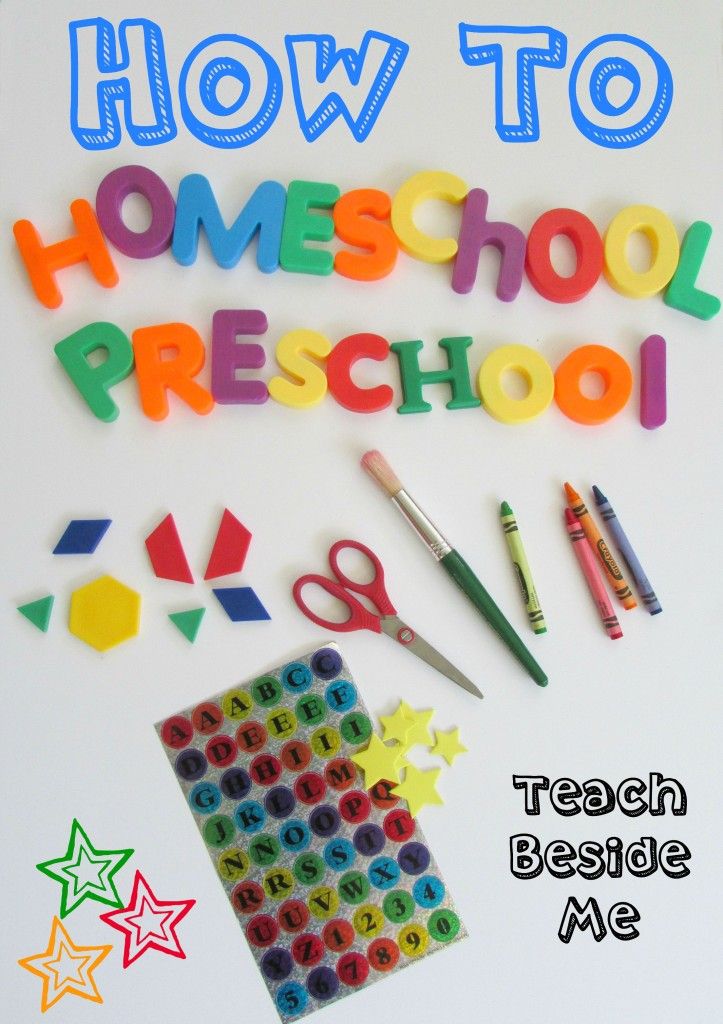 It is necessary not to accelerate, but to enrich mental development, to expand the child's capabilities in the types of activities characteristic of his age.
It is necessary not to accelerate, but to enrich mental development, to expand the child's capabilities in the types of activities characteristic of his age.
The specificity of teaching preschool children lies in the fact that their educational activities are closely related to the game, especially when teaching young children, since the leading activity in preschool age is the game.
Learning is a systematic, purposeful process of developing the cognitive abilities of children, mastering knowledge, skills, and abilities through the efforts of the student. In the preschool period, knowledge is acquired by children mostly involuntarily, in the usual activities, in an entertaining way. In any activity of the child there is an element of cognition, he constantly learns something new about the objects with which he acts. And the adult directs his development, introduces the baby into the world of people, into the world of nature and things, passes on to him the experience of generations.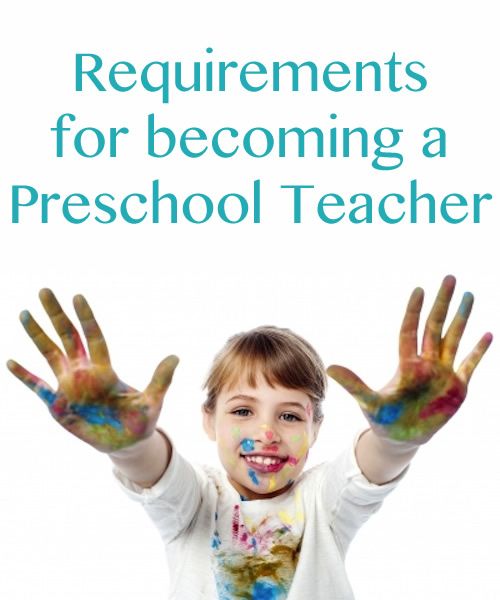 Conscious, purposeful guidance of the child's activities by adults - teachers and parents is the main condition for the full development in childhood.
Conscious, purposeful guidance of the child's activities by adults - teachers and parents is the main condition for the full development in childhood.
The child has a natural readiness for learning from birth, and the rest depends on what we want to teach him, how we do it, what requirements we make. It is necessary to turn the learning of a preschooler into an exciting game, otherwise development will not be stimulated, but may slow down.
Game is of exceptional importance in the formation person's personality. It displays the child's impressions of the world, interaction with others and communication; the spiritual and physical strength of the child, discipline and dexterity develop; basic mental functions: imagination, thinking, memory, attention, speech. Everything that a child reproduces in play activities during preschool childhood becomes the basis for the formation of motor skills, intellectual, social and emotional development. Thus, the game, as an activity characteristic of preschool age, contributes to the assimilation of social experience, and learning is an activity of applied significance.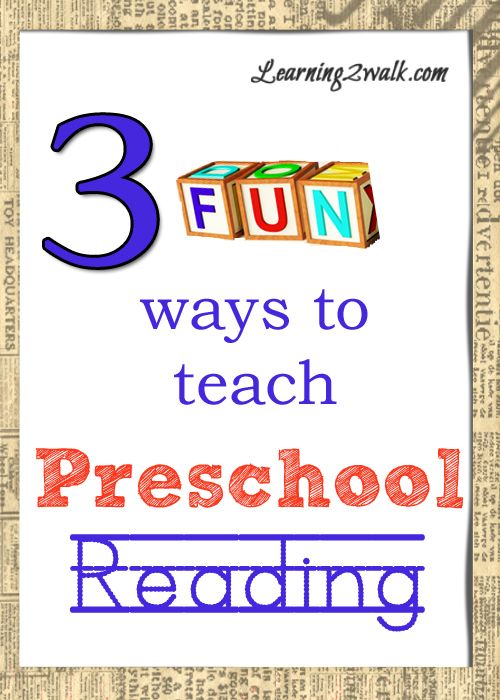
How to teach while playing
1. Education should be very interesting and exciting for both the child and the parents. In order not to scare away from the desire to learn new things and, in general, from learning, the activity is accompanied by a game, surprise moments, riddles, tongue twisters.
2. Assimilation of educational material occurs in the process of active actions of the child: practical manipulations with objects, various games, drawing, designing, singing, rhythmic movements to music; imitation of others in activities, in communication with adults. It is important to remember that the child does not have a special task of knowing the properties of objects and how to act with them, the child faces other tasks: draw a pattern, build a house out of cubes, mold an animal figure from plasticine, etc., that is, the resulting knowledge is a by-product of his activity.![]()
3. The game as a process of learning life skills involves the discussion and evaluation of the information received, a kind of "sorting" by the child himself with the help of adults. To enhance cognitive activity, an adult uses various techniques: asks questions, makes it possible to compare, organizes elementary search activities: “Why do you think that autumn is depicted in this picture?”, “How did you guess that this riddle is about a rainbow?”, “What what will happen to the snow if you bring it indoors?”, “Do you think it is possible to make a snowman on a frosty day? Why?"
4. Preschool children think in visual, figurative representations: shapes, colors, sounds, sensations. Therefore, learning takes place during the direct perception of phenomena: observing living objects on an excursion or on a hike, examining objects, images, paintings that are accessible for understanding models.
The game is a universal activity that can develop, teach, comfort and entertain at the same time. Play with your child, read children's books, play football with your child, draw and create together! Enrich the preschooler's experience with impressions. This contributes to his easy and natural intellectual development, the full manifestation of abilities.
Play with your child, read children's books, play football with your child, draw and create together! Enrich the preschooler's experience with impressions. This contributes to his easy and natural intellectual development, the full manifestation of abilities.
Filonenko I.S., educational psychologist
Altai Regional Center for PPMS Assistance
The material was prepared on the basis of sources:
Medvedeva E. What to teach preschoolers: a look from the future // Vesti obrazovanie. - December 18, 2017.
Sitnikova M. N. Parents are the first teachers [Text] // Theory and practice of education in the modern world: materials of the VI Intern. scientific conf. (St. Petersburg, December 2014).
Tsarenko N. V. Big book of early child development: do we teach or cripple? - M, 2017.
How easy it is to teach a child 4-6 years old to read - the best methods and exercises there is no ready-made answer, but we want to immediately warn against two misconceptions:
-
“It is not necessary to teach a child to read at home, they will teach you at school anyway.
 ” Yes, they will. But remember: the first year at school is the most intense in all 11 years of study. For some 4-5 months in the 1st grade, the child goes through the alphabet "from" and "to", learns to read, write, and the rest of the time he studies the basics of the Russian language. Therefore, it will be great if he has a reading skill before school. This will reduce the burden on the child.
” Yes, they will. But remember: the first year at school is the most intense in all 11 years of study. For some 4-5 months in the 1st grade, the child goes through the alphabet "from" and "to", learns to read, write, and the rest of the time he studies the basics of the Russian language. Therefore, it will be great if he has a reading skill before school. This will reduce the burden on the child. -
"There is no time to waste - the sooner the baby begins to read, the better." All children are different and develop at their own pace. Therefore, you should not impose teaching reading to a preschooler as soon as he is 4-5 years old, if the student himself does not yet show interest in this activity. Instead, you can begin to develop an interest in reading through bright and engaging books. A good option would also be games that involve letters.
The indicator to be guided by is not the age of the preschooler, but his speech skills.
It's time to learn to read if…
If the speech development of a preschooler proceeds without gross violations. Let's figure out what criteria will help you find out if a child is ready to learn to read:
-
Understanding addressed speech. The kid must understand sentences, phrases, individual words that others around him turn to.
-
Vocabulary. The more words a child knows, the better he will understand what he read. It will also help him communicate with adults and other children.
-
Grammar. The ability to correctly build sentences, select and change words is important for children who are learning to read.
-
Pronunciation.
 For learning to be effective, the child must know how to pronounce words without gross errors.
For learning to be effective, the child must know how to pronounce words without gross errors.
Remember: at preschool age, a child may have minor flaws in grammar and pronunciation - this is normal. Over time, these violations will be corrected, and they should not be considered an obstacle to reading. But if the baby is not yet very confident in speaking, do not rush him to read - this will not help develop speech, but only demotivate.
Practicing child psychologist Ekaterina Murashova
Free course for modern moms and dads from Ekaterina Murashova. Sign up and participate in the drawing of 8 lessons
How to make learning to read easier for preschoolers
-
Praise more and never scold
It's hard for us adults to imagine how difficult it really is for a baby to learn from scratch such a complex skill as reading.
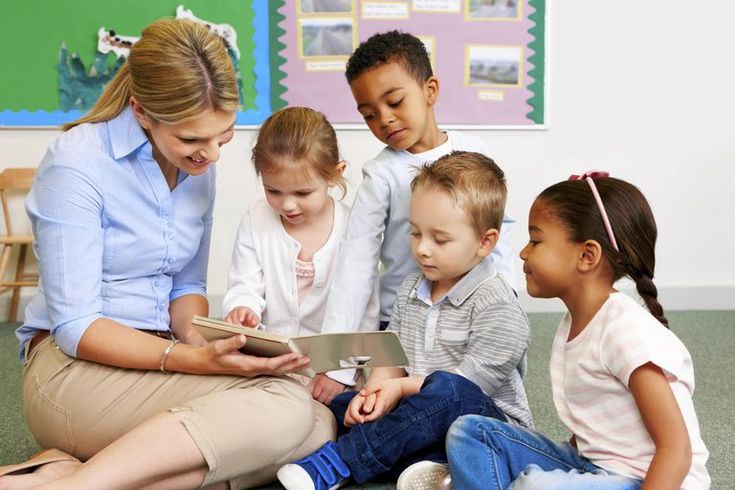 After all, being able to read means being able to correlate a sound with a letter or a combination of letters, connect sounds, understand the meanings of the words read and the meaning behind the text.
After all, being able to read means being able to correlate a sound with a letter or a combination of letters, connect sounds, understand the meanings of the words read and the meaning behind the text. If parents take the child's progress for granted and express dissatisfaction when the child does not understand something, this will not push the future student to development, but will only complicate the process. Therefore, it is important to praise for small victories: I learned the letter that was passed last time - great, I coped without my father's help with the word as much as two syllables - clever.
Do not take failures as a consequence of the negligence of the little student. When a child does not understand the first time, this is an occasion to look for another explanation or give more time to practice. If you feel tired and irritated, you should stop the activity and return to it in a good mood.
-
Exercise little but regularly
Do not expect perseverance and a desire to spend hours figuring out unfamiliar letters from your baby.
 It is difficult for preschoolers to keep their attention in a lesson for more than 25 minutes, and even such small classes should be interrupted with physical education minutes and games so that the child does not get bored. This is exactly how Skysmart prepares for school: 25-minute classes with breaks for outdoor games.
It is difficult for preschoolers to keep their attention in a lesson for more than 25 minutes, and even such small classes should be interrupted with physical education minutes and games so that the child does not get bored. This is exactly how Skysmart prepares for school: 25-minute classes with breaks for outdoor games. But regular practice is important - much more important than the duration of the session. And it doesn’t have to be just lessons: you can look for familiar letters on signs during a walk, on a door plate in a children’s clinic, on a package of your favorite corn flakes.
-
Read books aloud
In a series of studies conducted by Dr. Victoria Purcell-Gates among five-year-olds who could not yet read, those children to whom their parents regularly read aloud for two years expressed their thoughts in more literary language, built longer phrases and used more complex syntax.
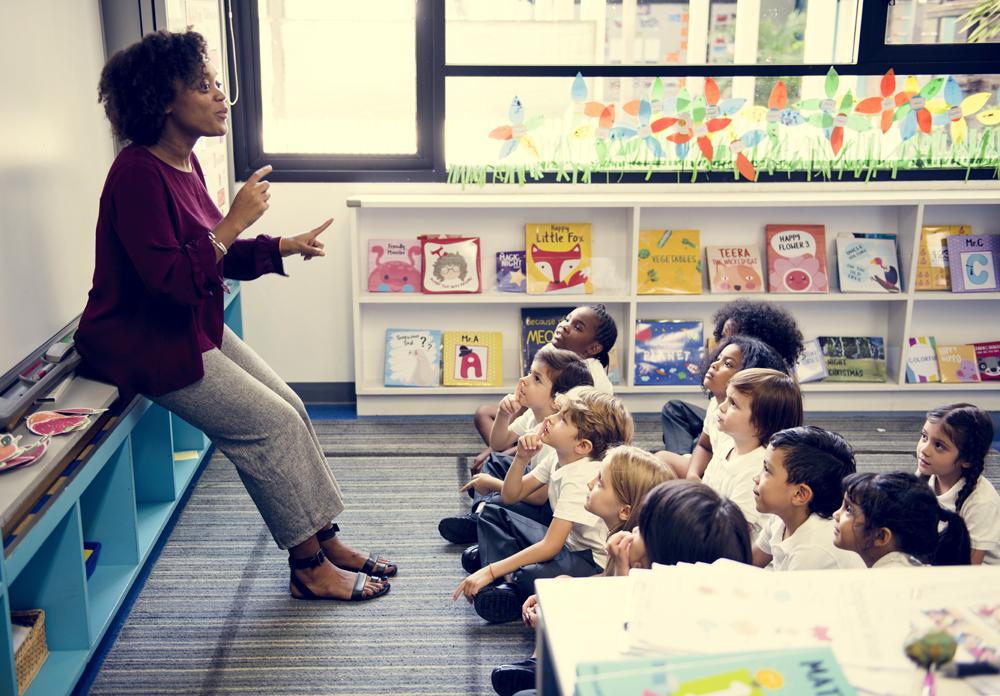
In addition, reading aloud with adults contributed to the expansion of children's vocabulary, as parents explained the meaning of new words that children did not encounter in everyday life.
Expert Opinion
According to neuroscientist Marianne Wolfe, book evenings with parents help develop a love of reading, because the child establishes a connection between reading aloud and feelings of love and warmth.
-
Discuss read
The role of communication in teaching literacy cannot be overestimated. At first, it is important to ask if the future student is interested, if he is tired, what was remembered from the lesson. When a preschooler learns to read coherent texts, be sure to ask questions about their content.
It's great if the child reads on his own and without the prompting of the parents, but even in this case, do not deprive him of the opportunity to discuss what he has read with you.
 For example, you can ask:
For example, you can ask: -
Which of the characters do you like?
-
Do you think this character is like you? Would you like to be like her?
-
What would you do if you were a hero?
-
Why did the described event occur? How are these two events related?
-
How did what you read make you feel?
-
What do you remember most from what you read?
-
What do you think the author wanted to teach? Why did he write this? Do you agree with the author?
-
-
Go from simple to complex
From the correspondence between sounds and letters to syllables, from short words to longer and more complex words. It would seem that this is obvious, but no: sometimes parents are so happy with the success of the child at first that they push him to study more complex topics than he is ready to accept. Of course, the program should adapt to the future student, but you should not skip steps, even if the child is making progress.
There are methods that offer to teach a child to read by memorizing whole words. Alas, experiments show that such techniques generally work worse. For example, a group of scientists from the United States came up with an artificial alphabet and offered subjects to learn it, and then read the words written using this alphabet.
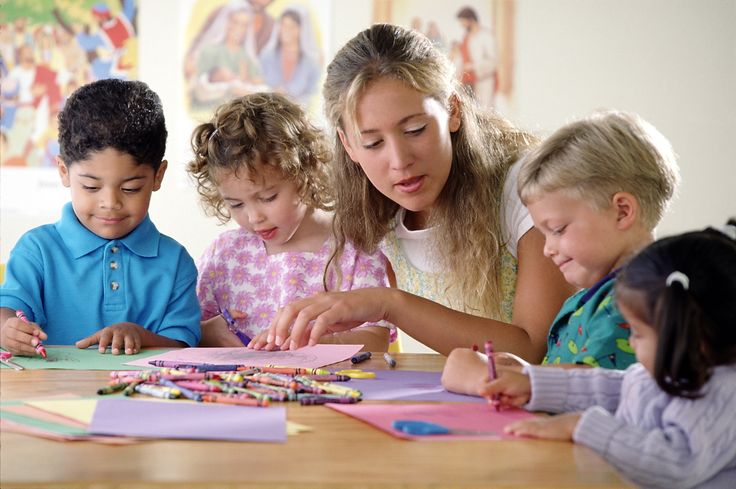 At the same time, some subjects were immediately explained the principles of correspondence between sounds and letters, while others had to derive reading rules on their own based on whole words. It turned out that the first group copes with reading new, previously unfamiliar words better than the second.
At the same time, some subjects were immediately explained the principles of correspondence between sounds and letters, while others had to derive reading rules on their own based on whole words. It turned out that the first group copes with reading new, previously unfamiliar words better than the second. Therefore, we advise choosing those teaching methods that involve clear instructions about the relationship between sound and letter - and this is especially important for those children who have difficulty reading. Below we have compiled a few of these techniques that you can use to teach your preschooler at home.
It is important to select questions individually, based on the age of the child. With younger children, discuss everything together, ask simple questions, direct their attention to some facts.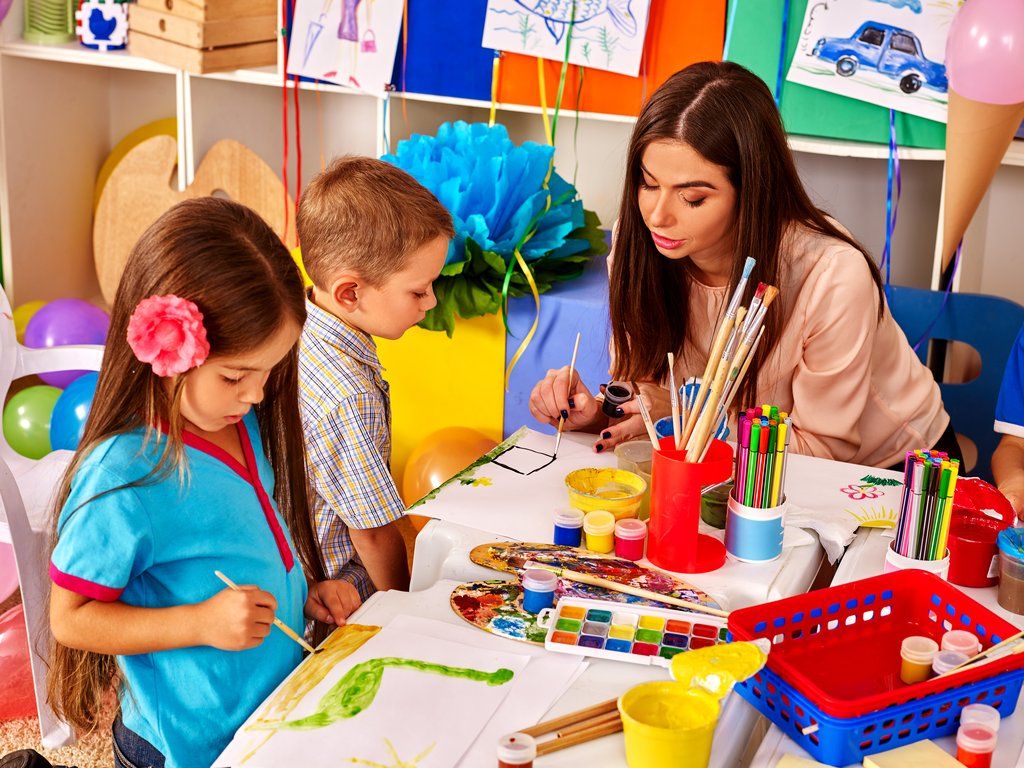 The complexity of the questions should increase in proportion to the age of the child. The older he is, the more difficult the tasks should be, and the questions can already affect the "reflection" of their feelings and experiences.
The complexity of the questions should increase in proportion to the age of the child. The older he is, the more difficult the tasks should be, and the questions can already affect the "reflection" of their feelings and experiences.
Methods of teaching preschoolers to read
Warehouse reading
The method of teaching a child to read through warehouses was actually used in Rus', but for modern parents this technique is associated with the name of the philologist Nikolai Alexandrovich Zaitsev.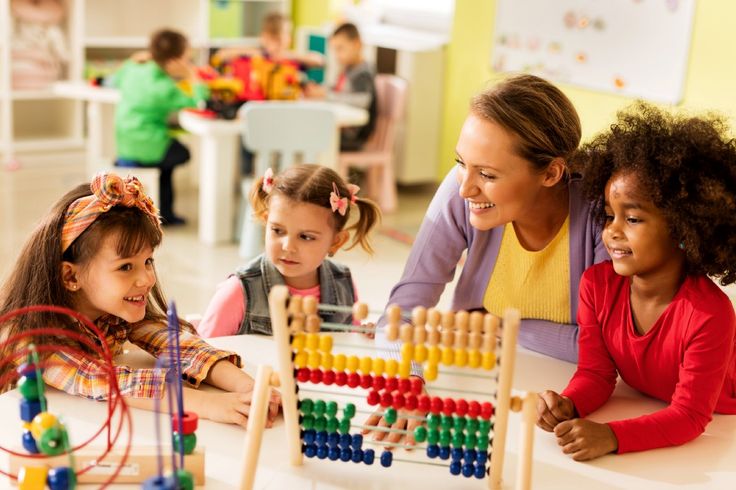
Zaitsev suggests not focusing on the study of individual letters, as it can be difficult for students to understand how letters can merge into syllables and words. Teaching a child to read by syllables is also not always easy: one syllable can be quite long ( glitter, ruble ), and the boundaries of syllables are not obvious ( Lun-tik or Lu-ntik ?). Therefore, in Zaitsev's methodology, a warehouse is used as the main unit.
Warehouse can be a combination of a consonant and a vowel (pa-pa, ma-ma), a single consonant or vowel (de- d , i-s -li, A -le-sha), as well as a combination of a consonant with a hard or soft sign (ma- l -chi-k, po- d -yem).
In order for a preschooler to understand the differences between the recording of voiced and soft, vowel and consonant sounds, different types of warehouses have their own cube size, color and content, thanks to which the cubes sound when they are shaken.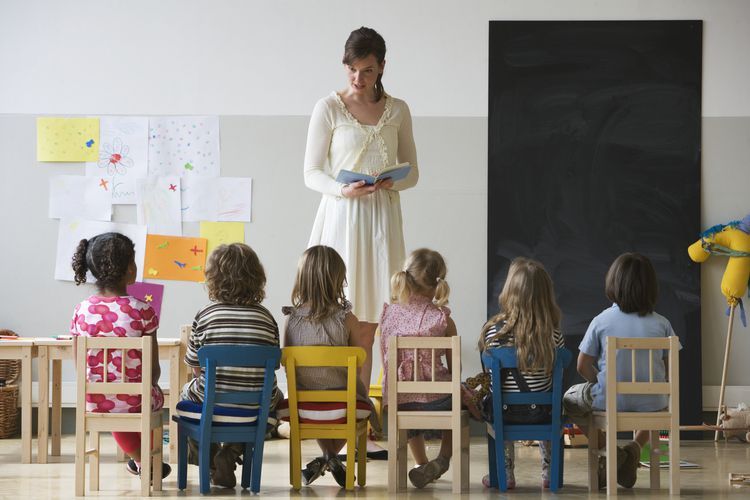 Cubes affect several channels of perception at once, and warehouses should not just be pronounced, but sung - this way, according to the author of the methodology, learning is more interesting and effective.
Cubes affect several channels of perception at once, and warehouses should not just be pronounced, but sung - this way, according to the author of the methodology, learning is more interesting and effective.
One of the advantages of the technique is that children willingly play with blocks themselves, and the process of learning to read becomes active, mobile.
Syllabic reading
This technique, according to some sources, was developed by the Romans. Later, Nadezhda Sergeevna Zhukova, a Soviet and Russian speech therapist, created a primer based on it. In it, she built her own system in which sounds and letters are sequentially introduced into speech.
Due to the fact that the concept of a syllable is introduced at an early stage, it is faster and easier to teach a child to read syllables together. By the way, as in Zaitsev's technique, it is proposed to sing syllables, and not just pronounce them.
Based on the syllabic method, Zhukova developed a set of teaching aids - copybooks, copybooks and a book for reading. Benefits will help teach children to read correctly 6 and 7 years old at home.
Both techniques for teaching preschoolers to read are used in the Skysmart Ready for School course. The course consists of two stages: first, children get acquainted with letters and warehouses, which allows them to quickly start reading simple words, and then they learn what a syllable is. Gradually, we introduce more complex syllabic constructions, move on to reading phrases and sentences.
Sound analytical-synthetic teaching method
This method originated in the USSR and is still considered the main one in Russian schools and kindergartens. It was developed by the Soviet teacher and Russian language methodologist Voskresenskaya Alexandra Ilyinichna.
Like N.S. Zhukova, Voskresenskaya proposed her own order in which children should learn letters and sounds. The principle of this sequence was that the child first learned the letters that can be combined into simple syllables, and then moved forward in the level of complexity. As a result, children learn syllables in this order:
The principle of this sequence was that the child first learned the letters that can be combined into simple syllables, and then moved forward in the level of complexity. As a result, children learn syllables in this order:
-
Two-letter syllables (including one consonant): am, ma, ra, etc. and simple words from them: ra-ma, ma-sha, Pa-sha, etc.
-
Three-letter syllables with a vowel in the center: poppy, lat, etc.
-
The combination of the first two stages into words: sa-lat, earth-la, etc.
-
Words of three syllables and six letters: az-bu-ka, ve-se-lo, etc.
-
Words of two syllables and six letters: question-ros, tea-nick, etc.
-
Words with a combination of vowels at the beginning and end of the word: chair, March, etc.

In this way, children simultaneously prepare for more complex syllables at each stage and reinforce what they have learned earlier.
Free English lessons with a native speaker
Practice 15 minutes a day. Learn English grammar and vocabulary. Make language a part of life.
Exercises for learning to read
Learning to read usually takes place in several stages. First, the child listens to the sound, visually remembers the letters. Different games will help with this, where you need to look for letters, invent words, etc. When this stage is over, you can move on to syllables and games to work them out. And only after that it will be possible to proceed to words, and then to sentences and texts.
Letter memory exercises
The first step is to teach your child to recognize letters. To do this, you can use pictures with hidden letters. We use such exercises in the preparation for school lessons in Skysmart.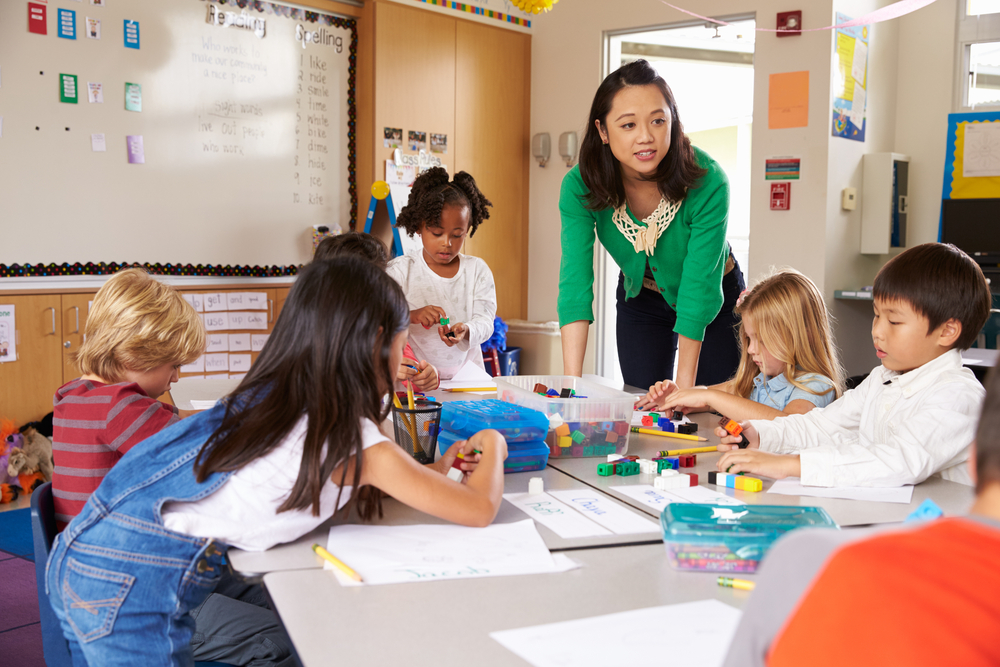
Ask your child to identify what letter a word begins with, or name as many words as possible that begin with a certain letter.
Next, we train to distinguish correctly written letters from incorrect ones. This is also important for learning to write: preschoolers often mirror letters or distort individual elements.
Exercises for vowels and consonants
To learn how to distinguish between vowels and consonants, tasks will help you determine the sound with which a word begins.
It will also help to remember the difference between vowels and consonants and search for an extra letter.
Word building exercises
When your child can read short words, have him or her make a word out of the letters on their own.
Composing words from syllables is convenient if you have cubes at hand, but you can also try on paper.